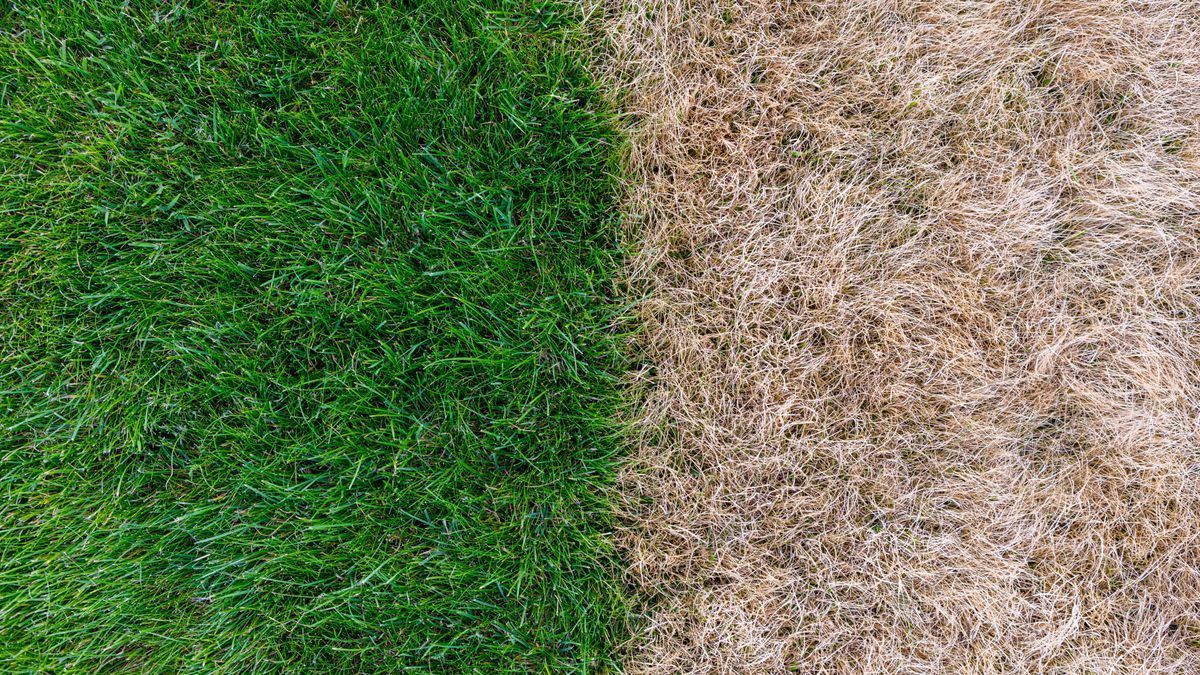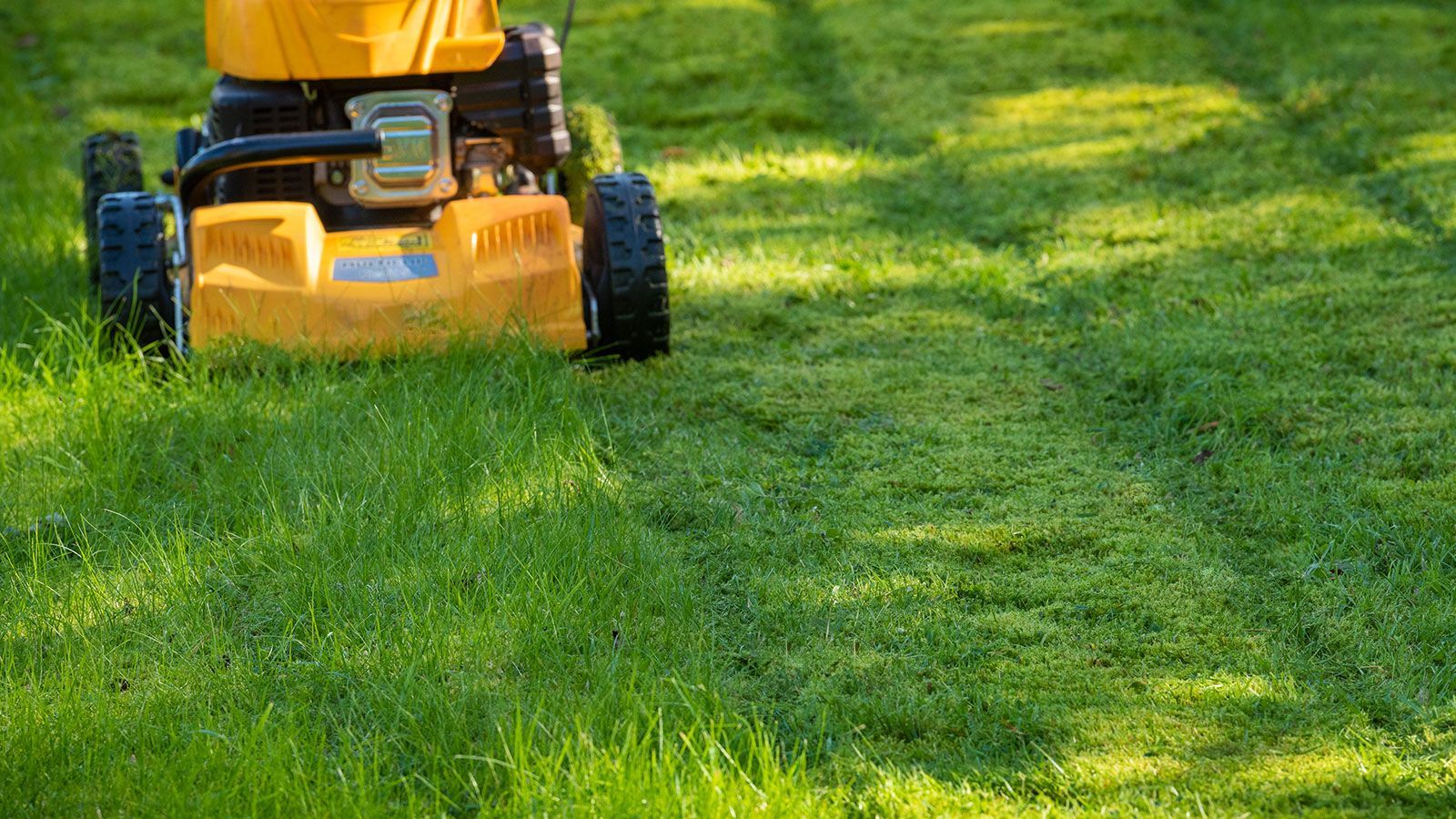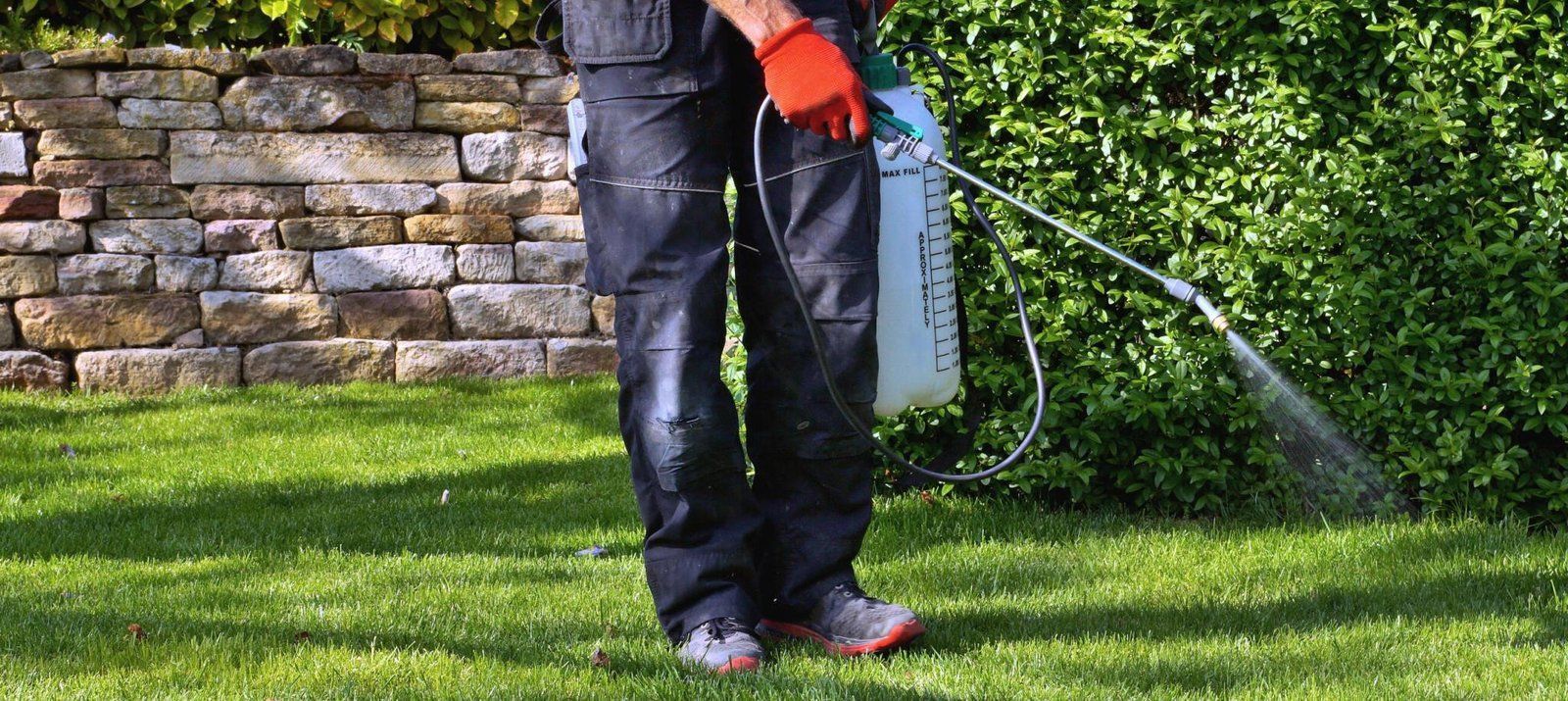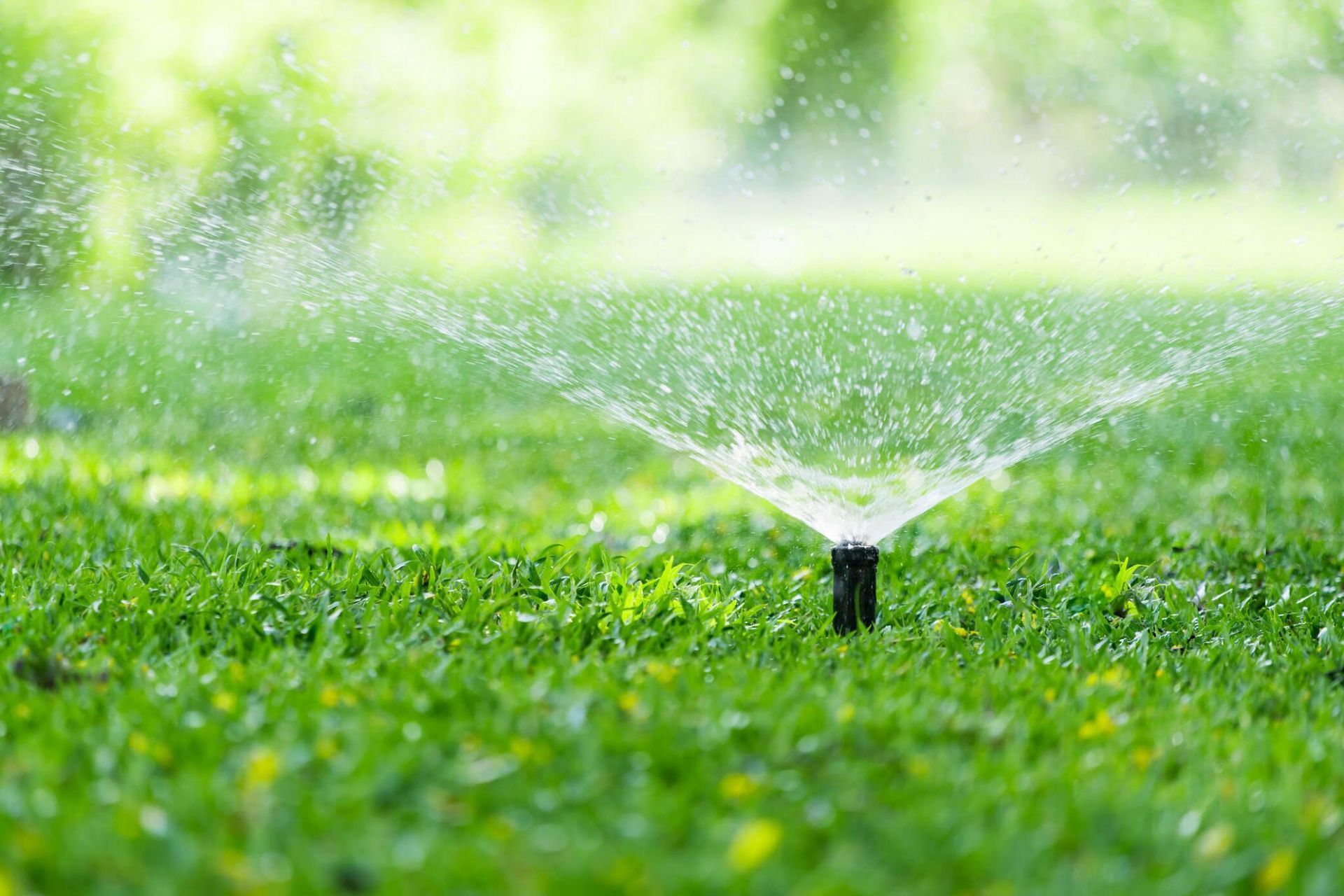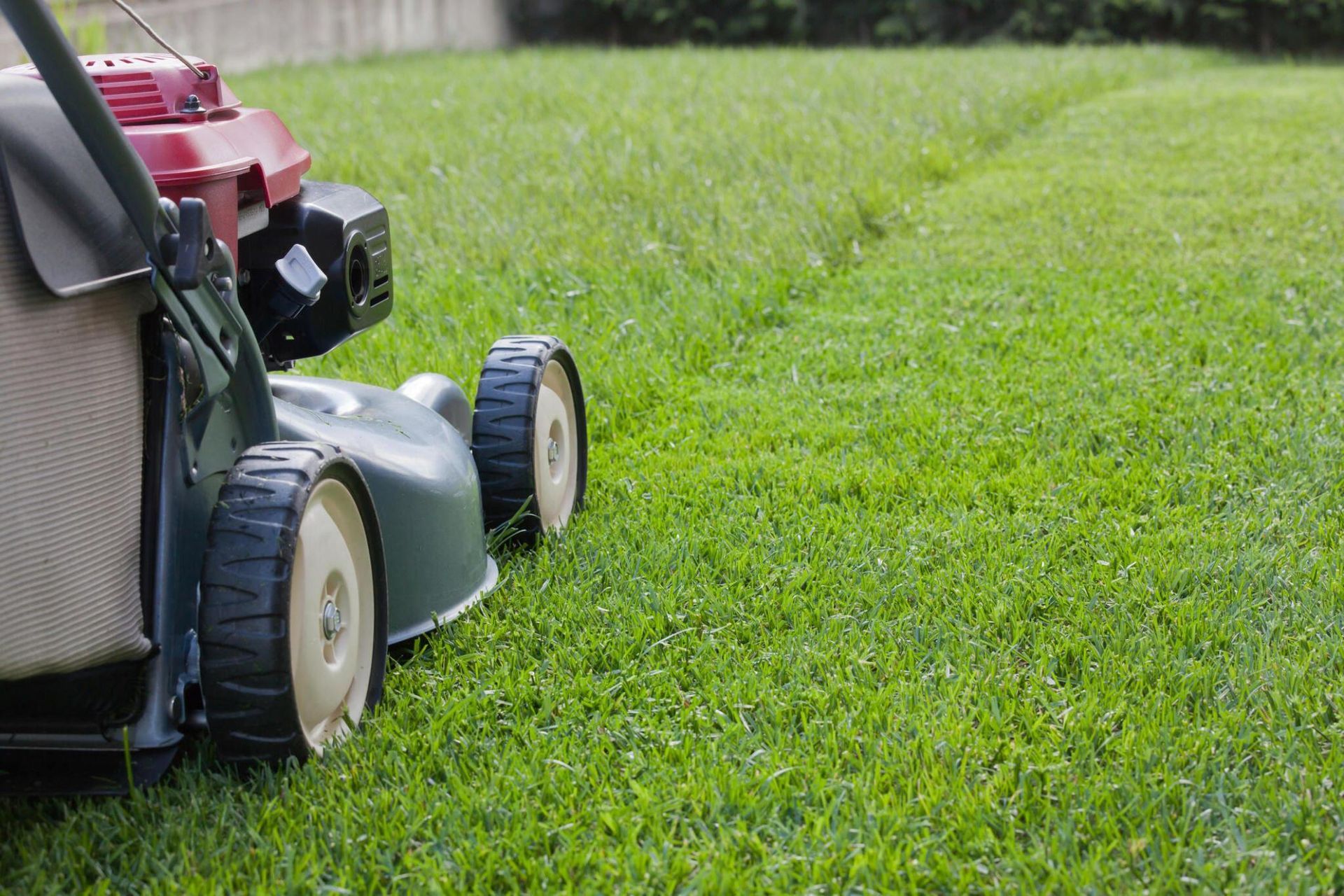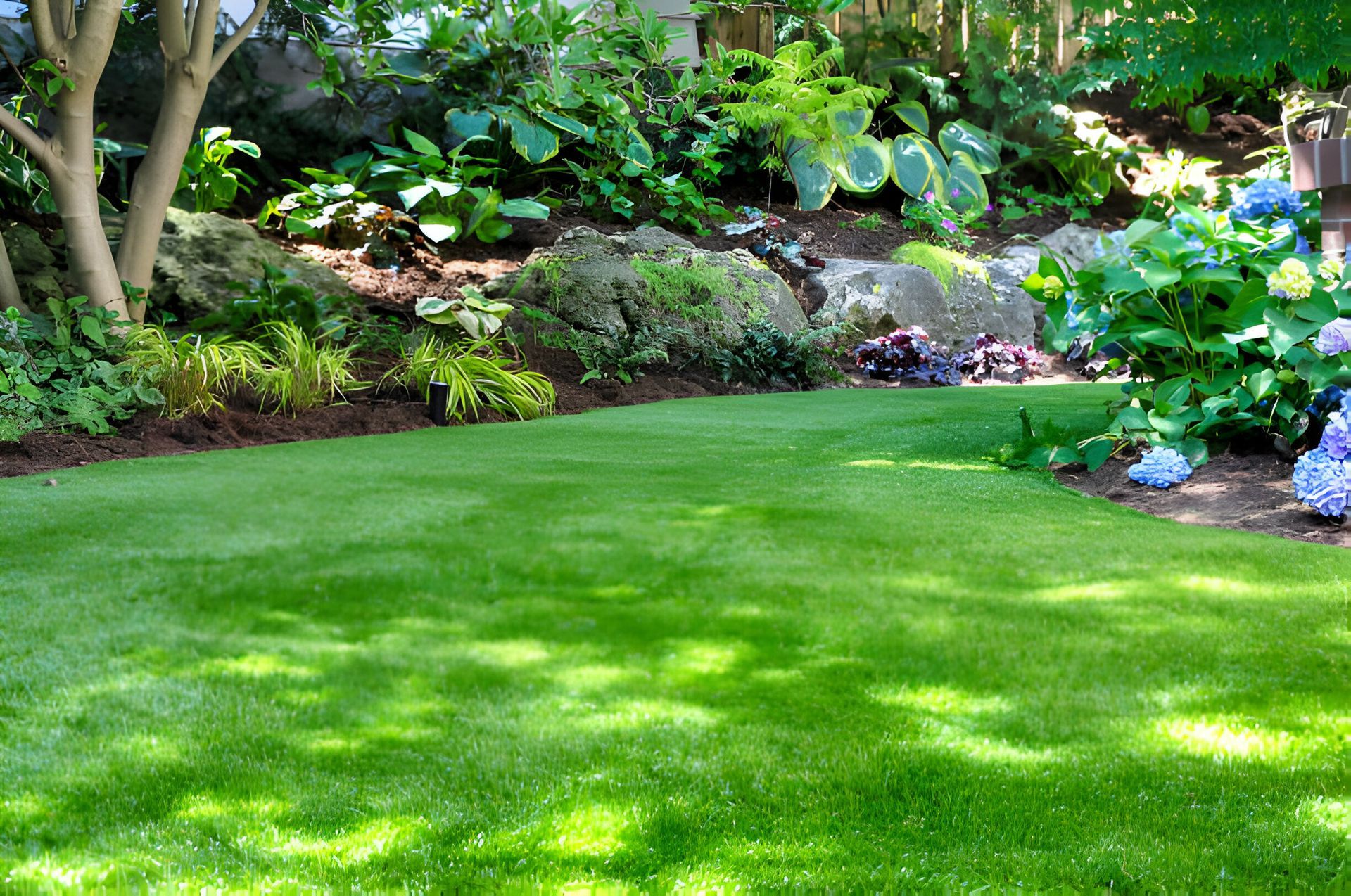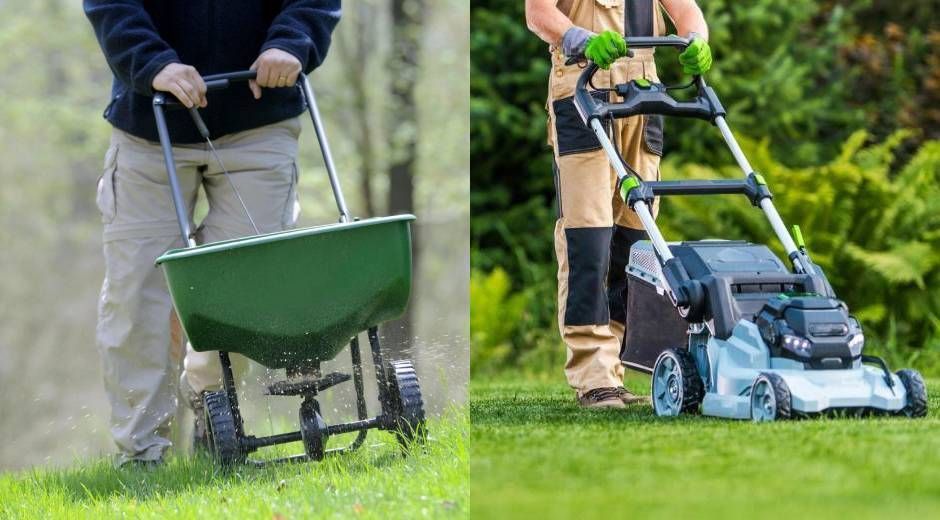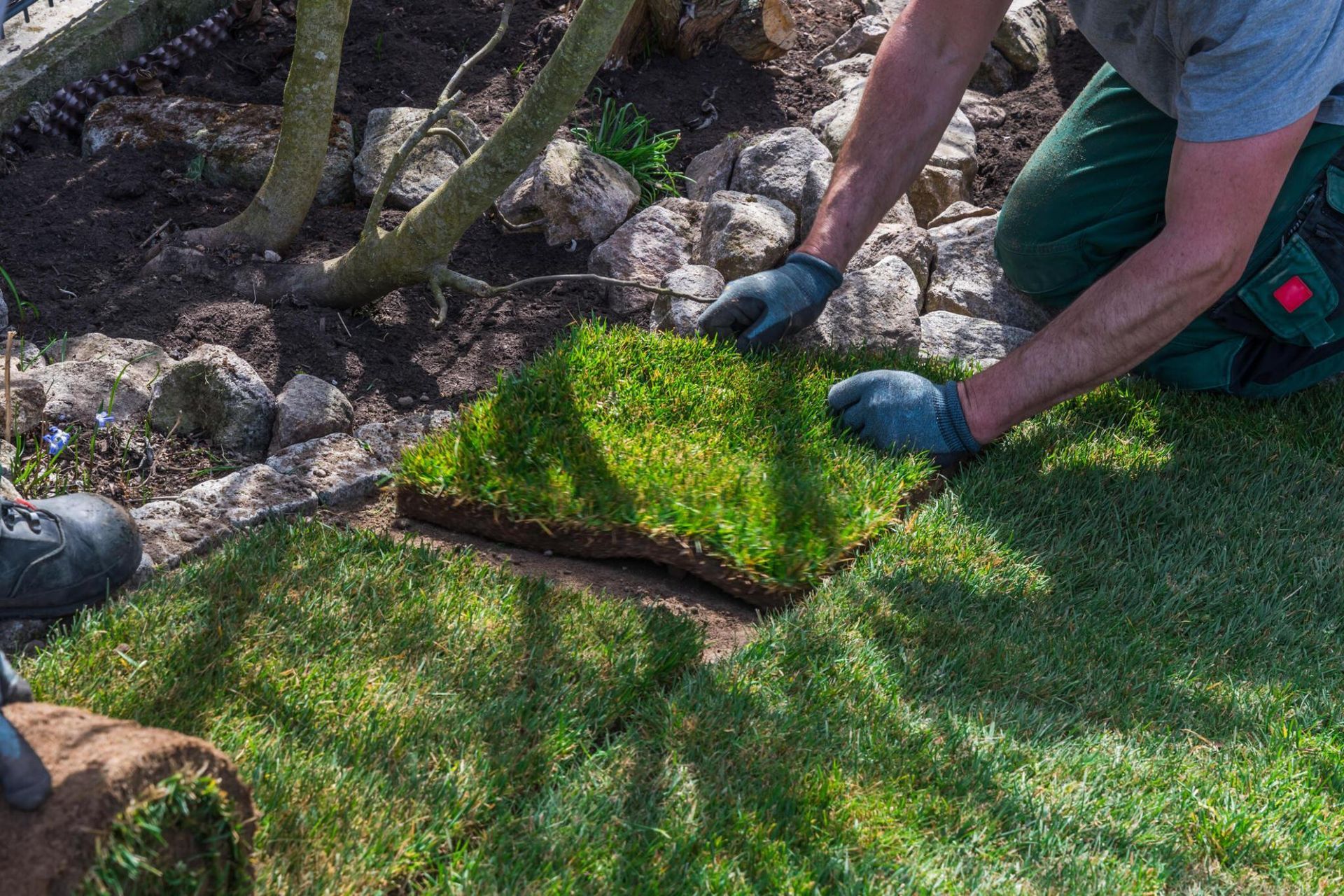Seasonal Lawn Care Tips: Preparing Your Lawn for Spring
Maintaining a healthy and vibrant lawn requires effort and care throughout the year, but the changing seasons bring unique challenges. As winter fades and spring emerges, preparing your lawn for the growing season ahead is essential to ensure its health and longevity. This blog post will discuss seasonal lawn care tips for preparing your lawn for spring. You can achieve a beautiful garden by understanding your lawn's spring needs and following trusted landscaping techniques.
Understanding Your Lawn's Spring Needs
Your lawn will emerge from its winter season as the weather warms up. This transition period is crucial for setting your grass up for success throughout the growing season. Different types of grass have varying needs, so it's essential to understand your lawn's specific requirements. For example, warm-season grasses like Bermuda and Zoysia thrive in the heat of summer but may struggle during the cooler spring months, while cool-season grasses like Kentucky Bluegrass and Fescue flourish in the spring but can struggle with the intense heat of summer. Researching and understanding your grass type is crucial to ensure proper care during this transition period.
Early Spring Lawn Assessment
Before implementing any lawn care techniques, it's essential to conduct a thorough assessment of your lawn's health. This evaluation will help identify any issues that must be addressed before proceeding with spring preparations. Take the time to stroll through your yard, observing the soil conditions, grass density, and any signs of damage. By authentically observing your lawn, you can identify issues such as thatch buildup, compacted soil, or winter damage that may hinder growth in the spring.
Clearing Out the Old: Debris and Thatch Removal
Removing organic debris and thatch from your lawn is essential in preparing for spring. Thatch is a layer of dead and living grass stems, roots, and other organic matter that builds up between the soil and grass blades. A thick thatch layer can prevent air, water, and nutrients from reaching the soil, hindering root growth and overall lawn health. Use trusted techniques like dethatching to remove excess thatch without damaging your lawn's root system.
Soil Care: Testing and Amending
Soil health plays a vital role in the overall health of your lawn. Before planting or fertilizing, you must test your soil for pH balance and nutrient content. These tests will provide insights into any deficiencies or imbalances hindering plant growth. Based on the results, you can amend your soil with trusted techniques such as adding compost or using specific fertilizers to promote healthy plant growth.
Seeding and Overseeding Techniques
If your lawn has bare spots or thinning areas, spring is the perfect time to seed these areas. Choose grass seeds suitable for your region's climate and soil type, and follow proper seeding techniques for optimal germination. For existing lawns, overseeding can help fill in thin areas and promote a thicker, healthier lawn. Remember to follow recommended seeding rates and water thoroughly after seeding.
The Role of Fertilization in Spring Lawn Care
Fertilizing your lawn is essential to spring lawn care, but it's crucial to do so correctly. Too much fertilizer can harm your lawn, while too little may not provide the nutrients your grass needs. Understanding the different types of fertilizers and their application timing is crucial for a healthy lawn. Intellectual techniques like soil testing can help determine the correct type and amount of fertilizer your lawn needs.
Watering Strategies for Emerging Lawns
Proper watering is critical for establishing healthy root systems in young lawns. Authentic practices like watering profoundly and infrequently support root growth while reducing water waste. Innovative technologies like intelligent irrigation systems can also help monitor and adjust watering based on your lawn's needs. However, if you have a problem with your irrigation, it is advisable to engage irrigation repair services.
Dealing with Pests and Weeds Early On
Spring is the perfect time to address potential pest or weed issues before they become significant problems. Identify common pests and weeds in your area and use trustworthy methods of prevention or elimination. Consider an integrated pest management approach that balances effectiveness with environmental responsibility.
Mowing: Best Practices for Lawn Health
Lawn mowing is essential to lawn maintenance, but it's crucial to do it correctly for optimal results. Aim to keep your mower blade sharp and adjust the mowing height based on your grass type and current weather conditions. Patterns like changing directions each time you mow can also help promote healthy growth. Additionally, mowing at the right frequency can prevent disease and keep your lawn looking tidy.
Conclusion
Preparing your lawn for spring requires a comprehensive approach that addresses its specific needs and challenges. By understanding your grass type, conducting early assessments, and implementing proper techniques such as debris removal, soil testing, seeding, fertilization, watering, pest management, and mowing, you can set your lawn up for success in the upcoming growing season. Consistent care and attention to detail are essential for achieving a lush, vibrant, and healthy lawn that elevates the beauty of your outdoor space.
Contact Green Lawns Solutions for expert lawn care advice and professional services. Our trained and experienced professionals are dedicated to providing customized solutions for your unique lawn needs. Let us help you achieve the green, thriving lawn of your dreams!


